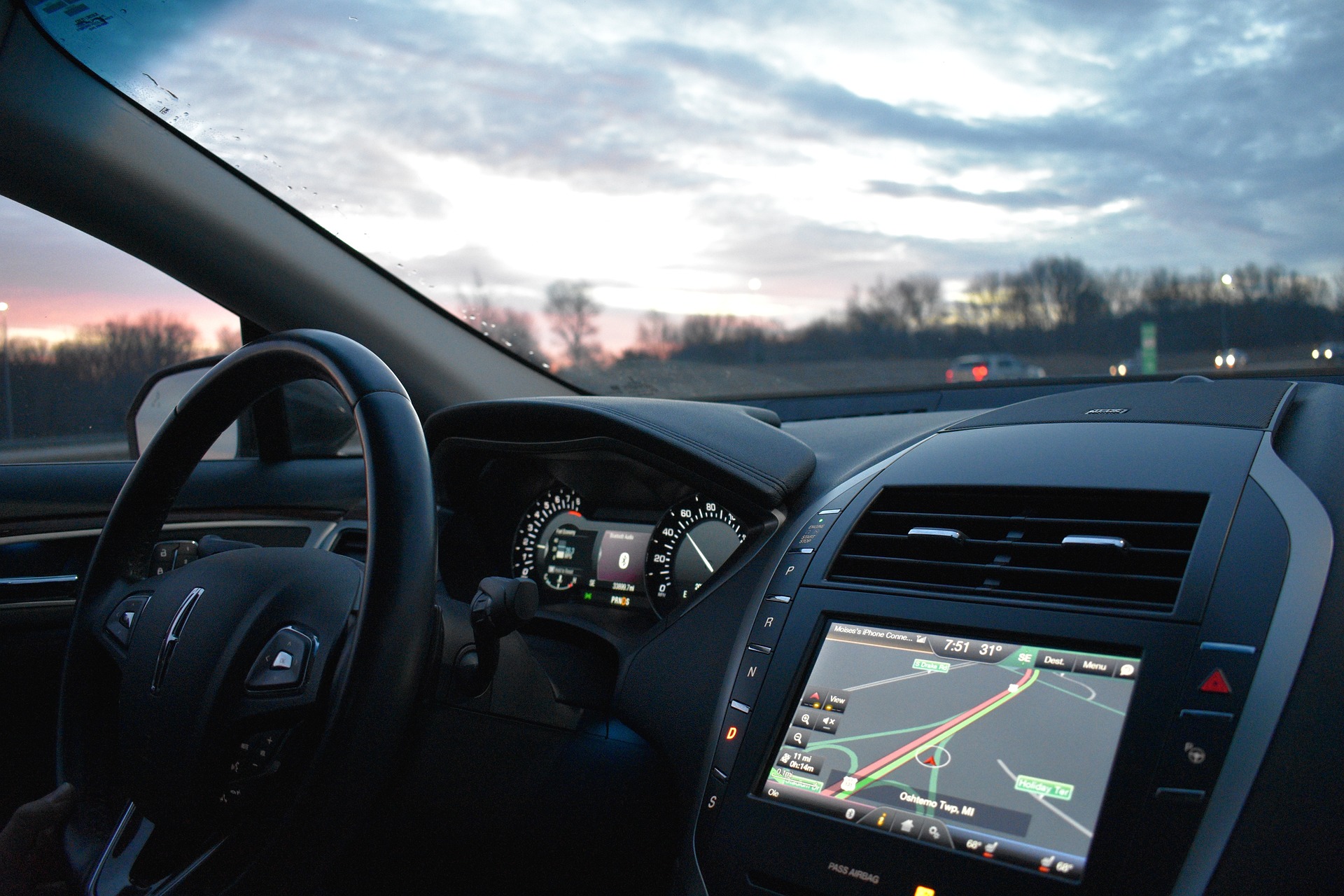A Deep Dive into the World of Rotary Engines: Past, Present, and Future
The world of automotive technology is always evolving. But among the many inventions, one that has managed to spark intrigue and debate in equal measures is the rotary engine. A marvel of engineering, the rotary engine represents a radical departure from the conventional piston engine design. But what makes it so unique and what can we expect from this technology in the future? Let's dive in.

The Advent of Rotary Engines
The rotary engine, also known as the Wankel engine, was the brainchild of German engineer Felix Wankel. In 1951, Wankel designed an engine that used a rotary design to convert pressure into a rotating motion instead of using pistons. This unique design made Wankel engines lighter, simpler, and smoother than their piston counterparts. The first running prototype was developed by NSU Motorenwerke AG in 1957 which made headlines for its revolutionary design and performance.
The Golden Era and Challenges
The 1960s to the 1980s is often considered the golden era of rotary engines. The most iconic car to feature a rotary engine was the Mazda RX-7, a car that is still revered by car enthusiasts. The rotary engine’s smooth operation and high power-to-weight ratio made it perfect for sports cars. However, despite its advantages, the rotary engine had its share of challenges. Issues like fuel inefficiency, emissions, and engine longevity plagued the technology, leading to a decrease in its popularity.
The Rotary Engine in Motorsport
Despite the challenges, rotary engines found a home in motorsports. Their high-revving nature and power density made them an excellent choice for racing. The most notable success came when a rotary-powered Mazda 787B won the 24 Hours of Le Mans in 1991, a first and only win for a car with a rotary engine in the prestigious race.
The Future of Rotary Engines
While the use of rotary engines in passenger cars has dwindled, research and development continue. Companies like Mazda haven’t completely abandoned the technology and are looking into ways to solve the problems associated with rotary engines. With advancements in materials and technology, the rotary engine could see a resurgence in the future.
Conclusion
The story of the rotary engine is a testament to the spirit of innovation in the automotive world. Despite its challenges, the technology has left an indelible mark in the industry. With continued research and development, who knows? We might soon witness the dawn of a new era for the rotary engine.




